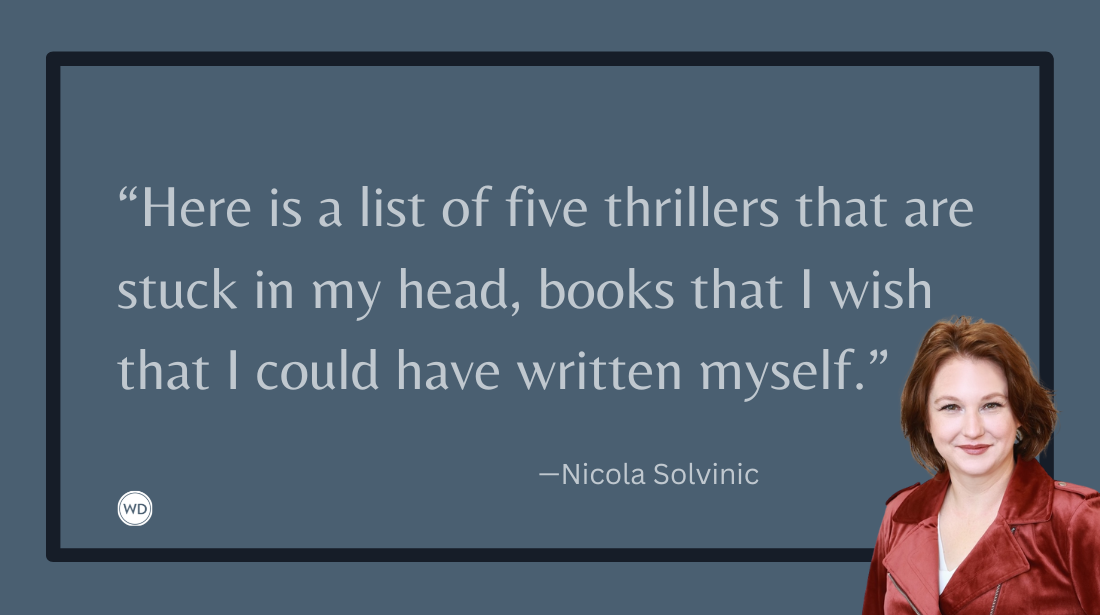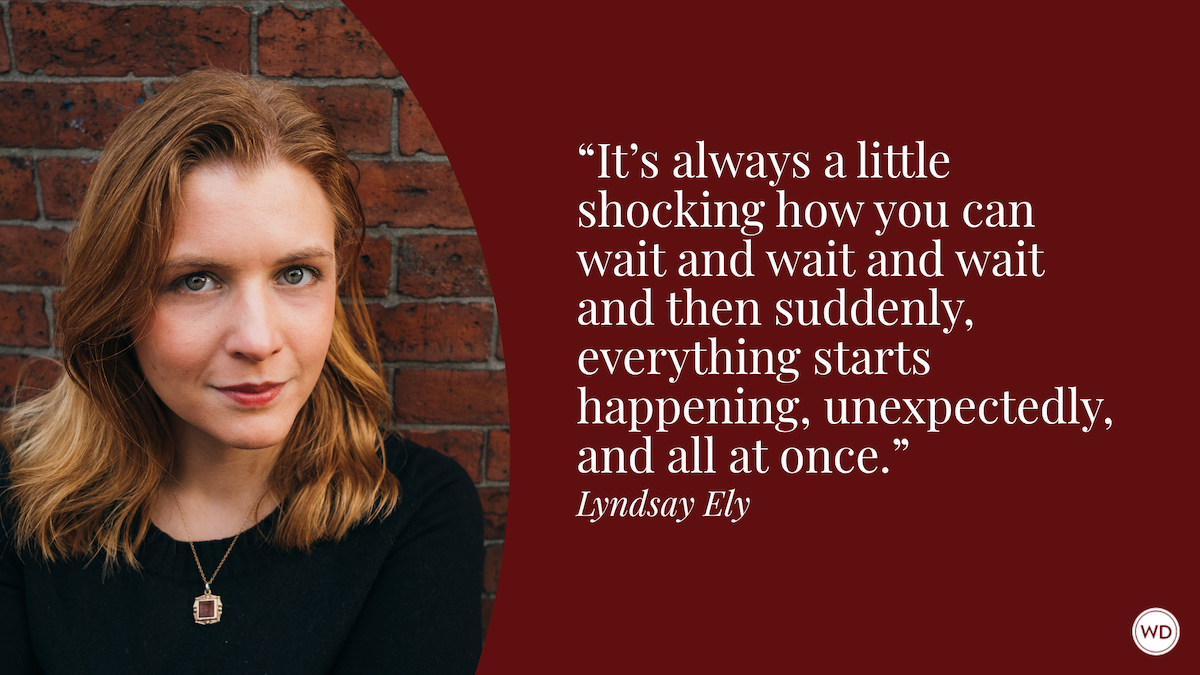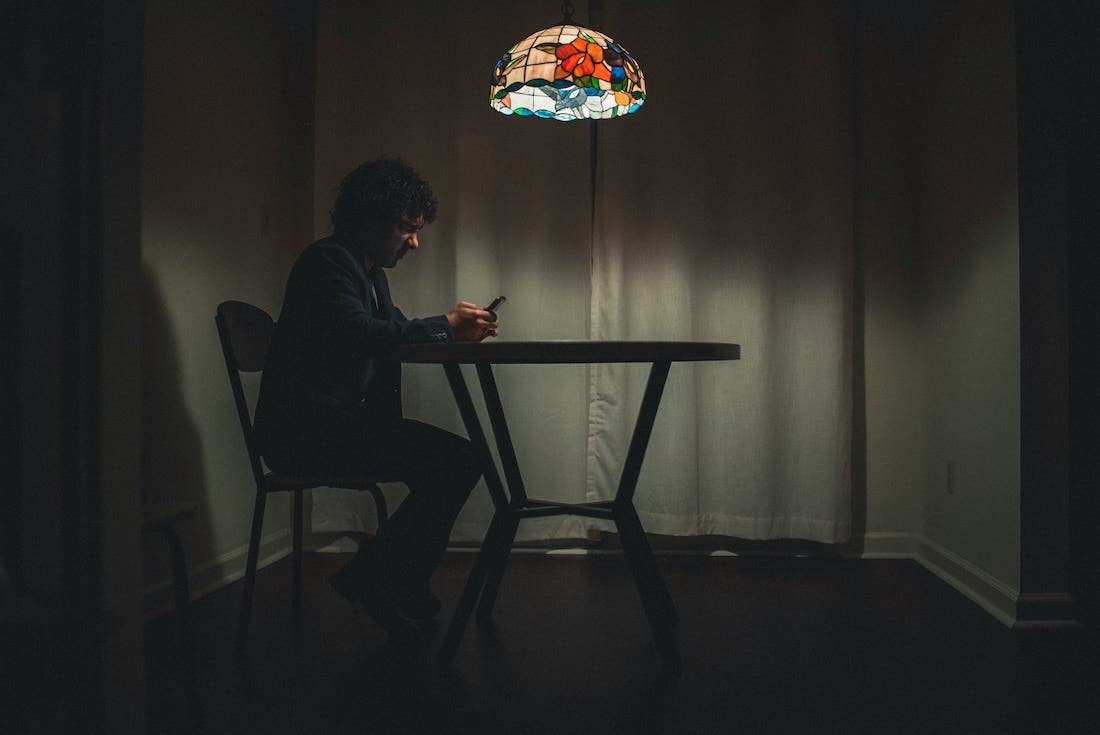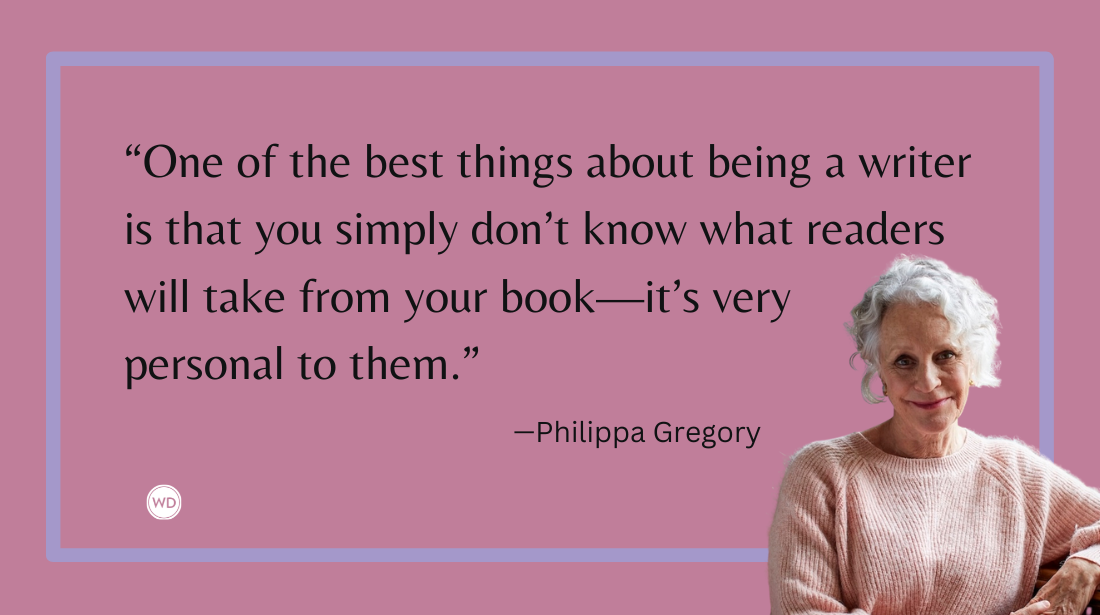Must You Have a Room of Your Own to Write
I have long puzzled about the most effective place to write. If you too are in a quandary, or lament you have no writing spot to call your own, maybe this piece will help you enlarge your perceptions about your own physical and mental writing places, spaces, and times.
My writing buddy’s face turned dark pink as she shouted over her latté. “No one can do anything worthwhile without a private writing place!” She thrust her face into mine. “It’s gotta be your own!”
I was as adamant. “Oh, come on. All you need is the desire and will and your stone tablet and scraper. It doesn’t matter where you write!”
Our little debate embodies two often-discussed viewpoints about writing. Despite my vehemence with my friend, I have long puzzled about the most effective place to write. If you too are in a quandary, or lament you have no writing spot to call your own, maybe this piece will help you enlarge your perceptions about your own physical and mental writing places, spaces, and times.
*********************************************************************************************************************************
This guest post is by author, editor, writing coach, and spiritual counselor, Noelle Sterne, who has published more than 300 pieces in print and online venues, including Author Magazine, Funds for Writers, Children’s Book Insider, Inspire Me Today, Transformation Magazine, Unity Magazine, Writer’s Digest, The Writer, and Women on Writing. With a Ph.D. from Columbia University, Noelle has for over 28 years assisted doctoral candidates in completing their dissertations (finally). Based on her practice, her handbook addresses dissertation writers’ overlooked but very important nonacademic difficulties. Challenges in Writing Your Dissertation: Coping with the Emotional, Interpersonal, and Spiritual Struggles will be published by Rowman & Littlefield Education in 2015. In her book Trust Your Life: Forgive Yourself and Go After Your Dreams (Unity Books, 2011), Noelle draws examples from her academic consulting and other aspects of life to help readers release regrets, relabel their past, and reach their lifelong yearnings. Her webinar about the book is on YouTube: http://www.youtube.com/watch?v=95EeqllONIQ&feature=youtu.be Noelle invites you to visit her website: trustyourlifenow.com
*********************************************************************************************************************************
Physical Places
One Place, One Room. Virginia Woolf’s well-known 1929 observation in A Room of One’s Own presents the ultimate prototype of this view. She was referring pointedly to the few women writers of the time, but, despite women’s wonderful writing progress, the idea still clings. The solution, Woolf said, was, in addition to the little matter of a stipend of 500 English pounds a year, to have a room of one’s own.
Like Woolf and my writing friend, many writers swear up and down, usually without the elusive independent income, that the only true way to write is the reverently dedicated spot you worship at regularly, surrounded by your favorite, comforting possessions. Novelist and writing teacher Leonard Bishop in Dare to Be a Great Writer counsels, “If possible, write at the exact time and in the same place every day. The place where you write must become your sanctuary, the realm in which you ignore the existence of the world.”
My Room. At an early point in my writing career, I craved the same. I felt unable to use my desk at home for both client work and my own writing, so I rented a room a few blocks from my apartment. While the owner was at work, I went to my sanctuary several afternoons a week and wrote. It didn’t matter that the room was dingy and furnished in New York City street-treasure castoffs, or that all I saw out the window was the cracked bricks of the building next door. It didn’t matter that the desk had piles of files pushed aside to make a space for me. Or that I made instant coffee (at the owner’s invitation) from a battered pan and stirred the powder with a dime-store spoon.
I went to my room regularly, three times a week, and wrote essays, stories, poems. For a year I did so, until the owner one day left a note on “my” desk saying she’d gotten engaged and would be moving out in a few weeks.
Many Places. I was sad, of course, but not devastated. I could have started looking for another room of my own, but I realized something momentous: the room had given me the gift of consistent writing and confidence enough to write in other places. Surprised, I saw that Woolf’s room of one’s own can have many mansions.
As many writers attest, we can and do write in all kinds of places: libraries, restaurants, parks, laundromats, locker rooms. I knew a novelist who completed her first multigenerational blockbuster in taxis as she dashed around New York City for business conferences—and without a laptop.
I got to be able to write, with my marvelously peripatetic clipboard, on a bus and plane, in a van and two-door convertible, on a park bench with takeout coffee and Danish (heaven!), and even on the subway, elbowed between swarthy strangers. For my children’s book of dinosaur riddles, I wrote most of the 450 riddles (of which 146 were finally used) under a tree facing the staid Columbia campus buildings, an ironic site my dissertation professor would chuckle at.
One of my favorite spots near the university was the highly personal, full-of-tortured-intellectuals European coffee shop. Pre-Starbucks, its sympathetic expatriate owners glided among the tables with generous endless refills. I watched others hunched over their notebooks and savored a single daily magnificent Hungarian pastry during glorious afternoons of inspired, furious scribbling.
Neither did I invent writing on the supermarket line, the dentist’s office, the Sunday drive to relatives, the beach, the boardwalk, the woods. Other writers find time and space at the mall, during lunch and coffee breaks at work, walks, and church (don’t tell). Christina Katz, the consummate “writer mama,” reports her productivity while waiting for her kid at afterschool activities. Some write in class, in the tub, or even on the pot. Today, with laptops and Ipads, and the thoughtful installation of WiFi in every mall and market, writers can type and save almost anywhere.
A few deviant writers sit at their computer and write. As I started using the computer, and even though I loved writing in different geographies, I made the great transition to my own desk, spreading a blanket over the client projects so I could work without distraction on my own pieces.
Writing at home, though, one needs changes of venue, although these may take other forms than people-watching. A prolific children’s author confides that short bursts of writing suit her much better than long, struggling stretches. When her words become momentarily congested, she knows that to “step away from the computer” restarts the flow. So, she takes walks around her yard, gets up to transfer clothes from washer to dryer, even jogs lightly up and down the stairs. Julia Cameron in Walking in This World urges walking; as she hiked in the foothills of the Taos Mountains, she reports, “I knew what to write, how to write it, and that write it I should.”
Other writers, who also love to sit at their desks, have many ways to “step away”: go look out the window, pace up and down the porch or terrace, do a few situps or yoga postures, cook, eat (a little), water a few plants, dance to one song, sing along at the top of your voice. I do five minutes on the stationery bike, straighten one pile, make one call, grab one apple.
Mental Space
These many examples show that the one-place-one-space dictum can swell into many places and spaces. Although the great debate may continue, these examples reveal writers’ almost endless ingenuity, flexibility, and fluidity. To become more flexible and fluid, consider also the following.
Your Outlook. First, enlarge your view of what writing is and where and when it can take place. Wherever you are, jotting notes, doodling titles, listing a character’s facial oddities, working out a sequence of scenes or chronology, recording alternate plot decisions—all these are part of the process.
Such tasks, although we’re quick to label them “non-writing,” are nevertheless key. They lend themselves well to modest chunks of time in traffic, on line, or while the pasta is bubbling. Don’t think they don’t count. To the contrary, they advance your project, clarify your focus, reinforce your theme, keep you involved, and sow fertile seeds for your next session.
Second, enlarge your view of what writing time is. The stoic, time-honored predawn stint before the day job begins is still held up by many as the only serious writing time. I recently read an interview with a novelist and freelance writer. To finish his novel (later taken by an agent), he worked from 5:00 a.m. to 9:00 a.m. six days a week for seven months. At 9:00, turning to his freelance technical writing assignments, he put in another eight hours.
I don’t know which I was more jealous of—his completing, his agent, or his self-discipline in getting up at that headachy hour. Unless I’ve got to be on a plane or speak to an editor at 8:00 in the morning, I can’t even look at 6:00 without knowing that only more sleep (please!) will ameliorate the slit-eyed grog. After many essential morning rituals, I finally get to the desk by 9:30. But then, having taken care of client duties during the day, I often work on my creative pieces until 9:30 or 10:00 at night, and my mind keeps sifting and sorting through the night. A very successful writer/editor I know admits she rises at 10:00 am and works until 1:00 or 2:00 am.
Your Time. As we broaden our definition of writing place, we expand our view of writing time. If you think “real” writing only counts when you’re sequestered in your converted pantry home office, you’ll never pull out your notebook on the grocery line. If you rule out anywhere but the corner table at the mall Starbucks for a delicious two hours, when you’re waiting at the auto shop for an oil change you’ll never turn your attention to the story idea that’s been tickling for days.
So, if you’ve slammed the door on any other than your sole, self-righteous writing practice, and fault yourself when you’ve skipped it, now you can open your mind to many more places and times. And no approach excludes any other.
A Concluding Roomination
A room of your own, finally, is a mindset. Virginia Woolf notwithstanding, your physical space does not dictate your mental space but reflects it. Reeducate yourself about workable space by reading about writers who aren’t boundary-tied, talking to writers about their place-space-time variations, and experimenting with your own.
There’s no right or wrong venue for writing. Just because a bestselling writer does it one way doesn’t mean you have to; you can attain similar success with your own methods. At any given writing session, the right place and time for you are governed by your allowing and accepting them and your resources, preferences, and discipline.
Listen to yourself, not only about places you love to write in but also about all the possible alternatives. Honor these leanings. As you enlarge the possibilities, you’ll become more consistent in your writing and more creative about places and times. And you’ll discover, with joy and gratitude, that you have a great many writing rooms of your own.
The biggest literary agent database anywhere
is the Guide to Literary Agents. Pick up the
most recent updated edition online at a discount.
Thanks for visiting The Writer's Dig blog. For more great writing advice, click here.
*********************************************************************************************************************************
Brian A. Klems is the online editor of Writer's Digest and author of the popular gift bookOh Boy, You're Having a Girl: A Dad's Survival Guide to Raising Daughters.
Follow Brian on Twitter: @BrianKlems
Sign up for Brian's free Writer's Digest eNewsletter: WD Newsletter









